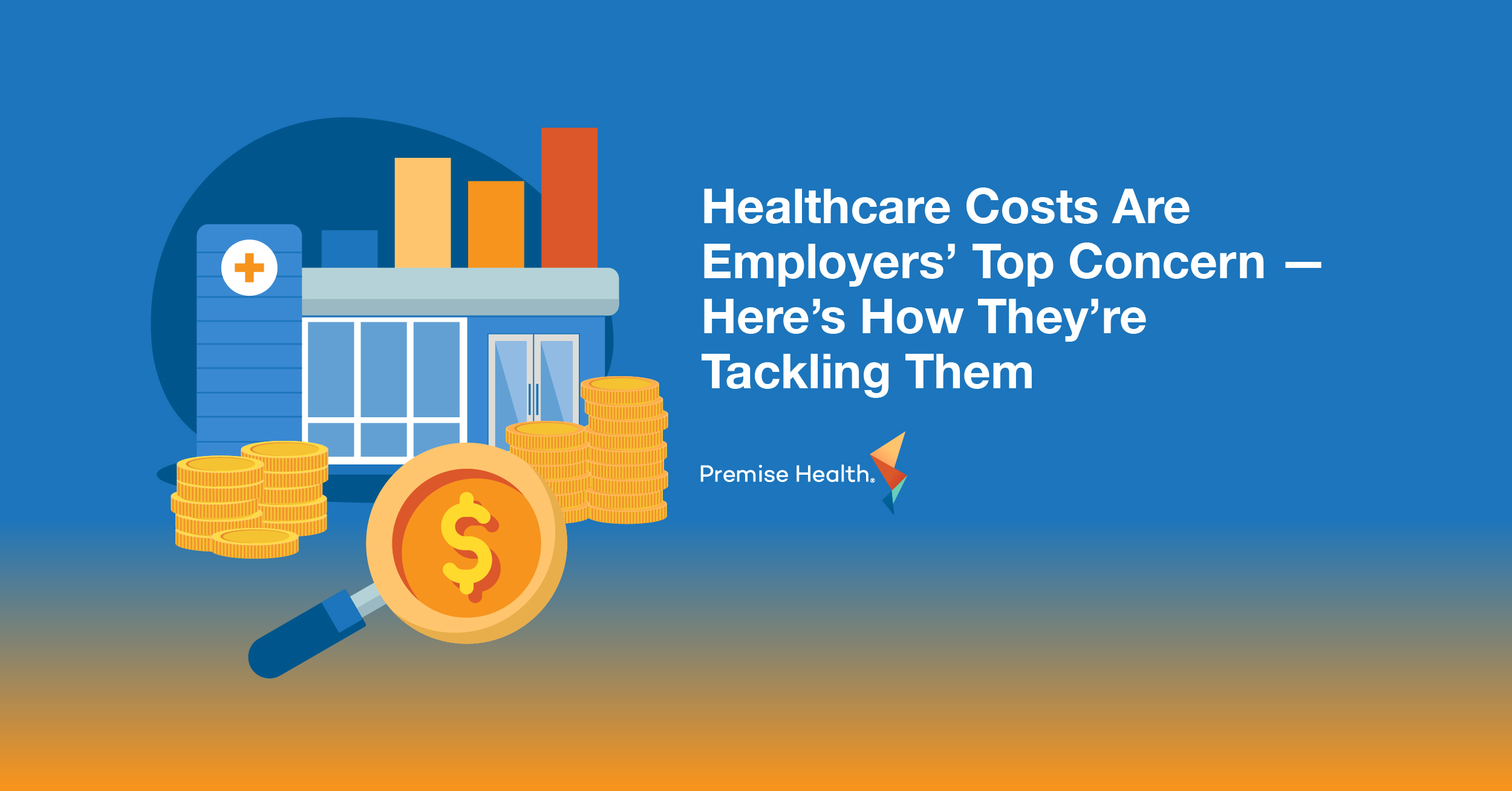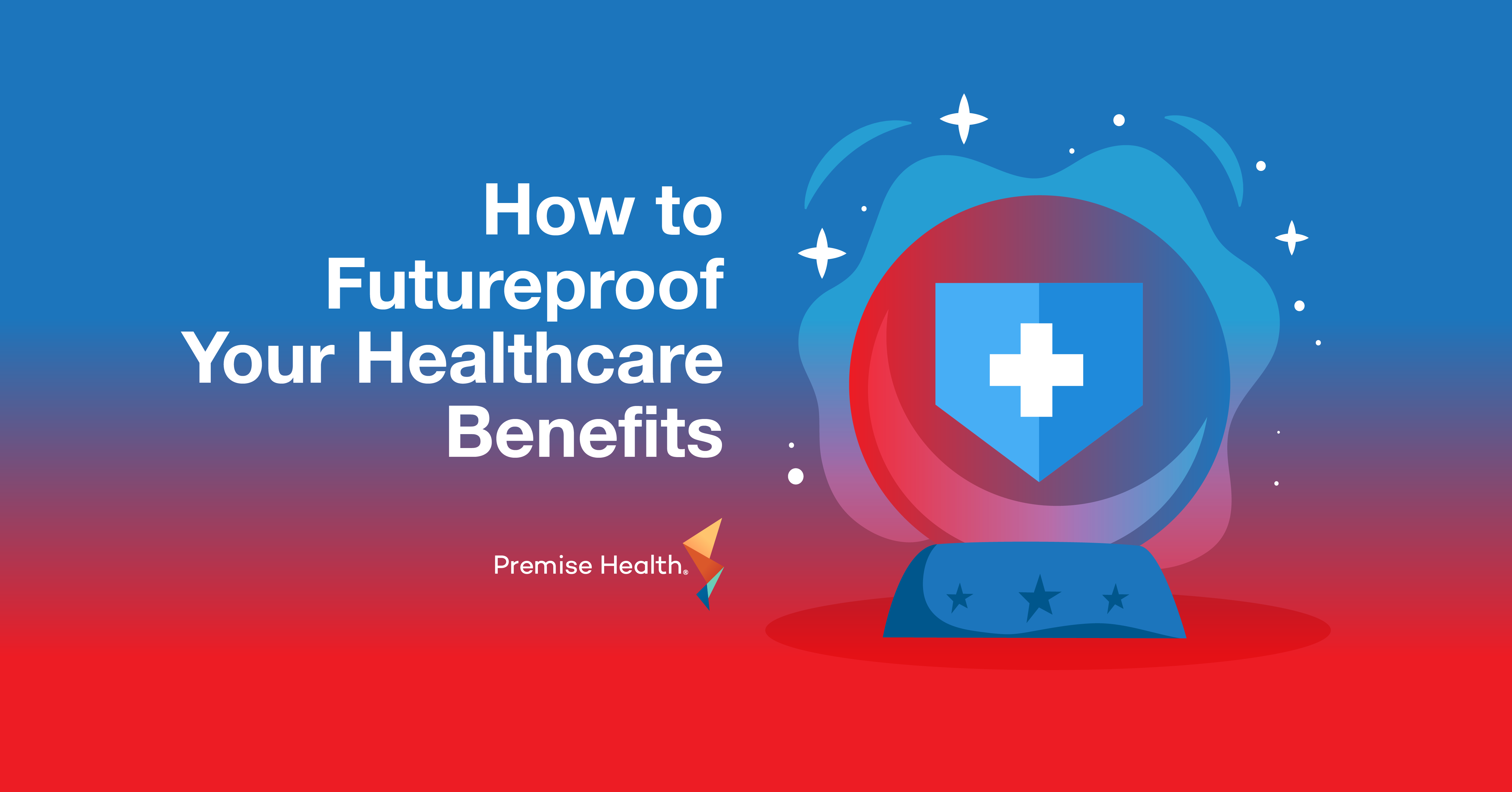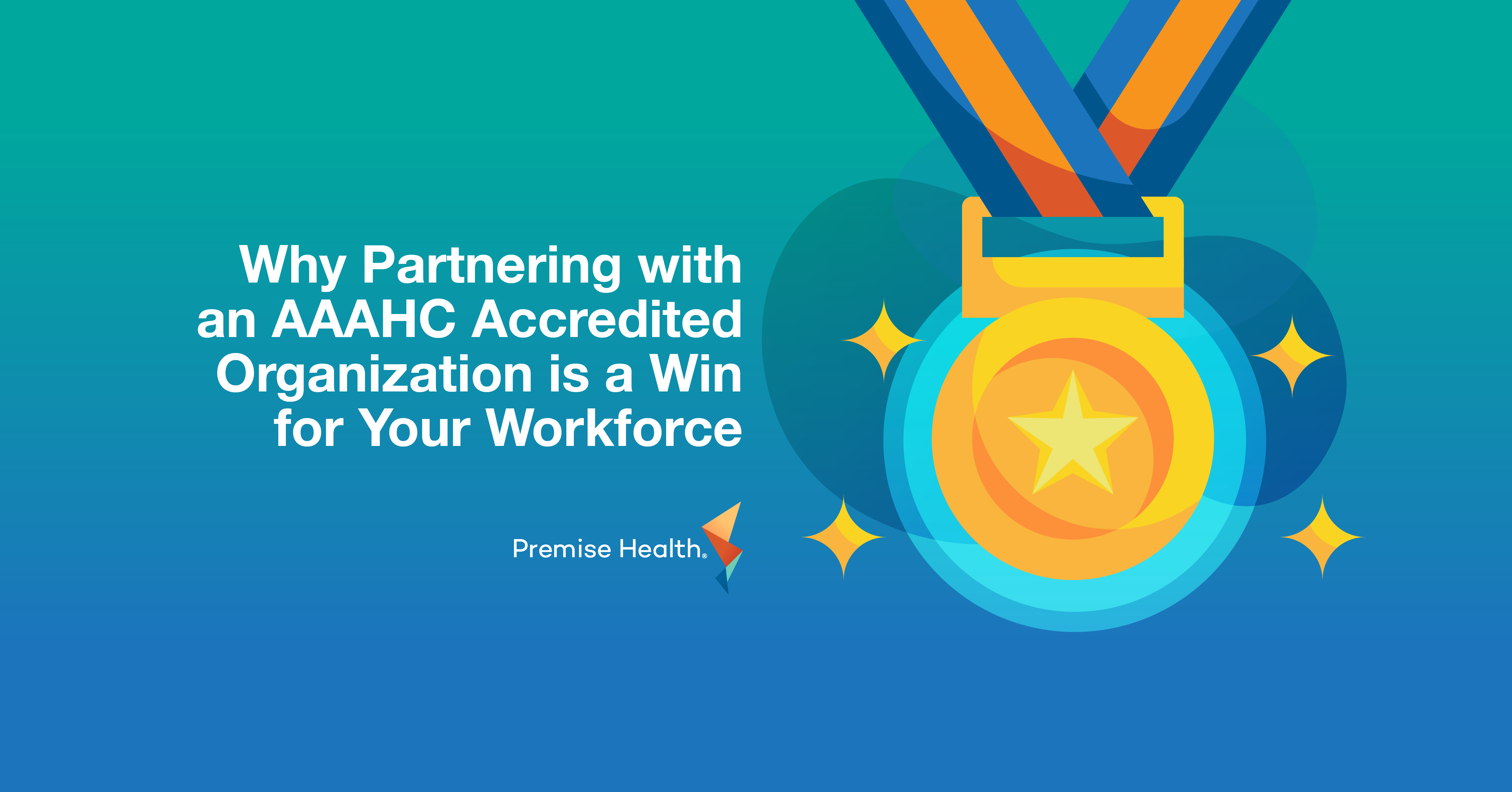A Guide to 2022 Employee Benefits Trends
Frequent turnover has become more common since the beginning of 2020, leading to the Great Resignation trend we’re seeing today. Many factors drive employee resignation, one being benefits dissatisfaction. To help retain top talent, employers are looking to double down on their benefits strategies, with a specific focus on healthcare.
Premise Health President Jami Doucette sat down with Kara Speer, MPH, National Practice Leader at Willis Towers Watson, for a “How Health Happens” webinar event. Their conversation explored the recent changes in employee needs and trends, along with the ways benefits consultants and employers are responding to them. Read on for three takeaways from their discussion.
Watch the recording of their discussion here!
Listen first
Communicating benefits to employees and ensuring they’re aware of everything available to them has always been a challenge for employers. “Whenever you think you are overcommunicating, you are not,” offered Doucette. Companies can offer a list of benefits, but unless they’re thinking about how they’re fulfilling employees’ needs, that list becomes meaningless. To create a valuable benefits strategy, employers should listen to their employees and offer benefits that best suit what they are looking for. Here are a few ways to obtain employee feedback:
-
- Pulse surveys: Surveys can be a beneficial tool when looking to improve benefits offerings. They permit employees to remain anonymous while providing honest, transparent feedback, which can be very valuable in future planning. For example, surveys could include questions around awareness of benefits, what kind of support employees need, return to work experience, or thoughts on COVID-19 policies.
- Dependent surveys through wellbeing platforms: While dependents have access to healthcare benefits too, it can be difficult for companies to reach them. Wellbeing platforms can be helpful in this scenario since both employees and dependents can provide their opinions via a digital solution.
- Virtual or in-person focus groups: While a slightly bigger lift than a survey, focus groups are an opportunity to get direct feedback about employee experience. It also makes it easier to take conversations in a different direction and dive deeper into a topic, which a traditional survey can’t always do.
Personalization matters
In the past few years, employees have needed support more than ever. Companies responded by focusing both on expanding their benefits to meet the needs of diverse populations and on helping people navigate the benefits process. After all, if you offer great benefits but people don’t know how to use them, there will be no engagement.
Since not everyone’s needs are the same, organizations are thinking outside the box and beyond traditional benefits when designing their strategies. For example, not all employees celebrate the same holidays or observances, so offering flexible work arrangements and generous time off is becoming more popular across industries. Maybe someone is a single parent, or a same-sex couple looking at family building strategies – they should know where they can retrieve this information and who can help. It’s important to allow easy access to resources, perhaps through an online platform creating a one stop shop.
Care navigators also play a significant role in this process, allowing an even further individualized approach. These folks are there every step of the way, doing everything from sending and reconciling health records to finding the highest-quality specialist and scheduling the appointment. By removing barriers to care, organizations can send a message to their employees that their health matters. There is no one-size-fits-all approach for a benefits strategy, but employees want to work for an organization that understands their unique needs and offers benefits to support them.
Technology on the rise
When designing a benefits strategy, large employers should also consider technology that can fit the needs of their employees. Offering resources through the phone or computer and providing multiple options of care can be a significant factor in an employee’s job hunt. Looking ahead, employers expect to see employees seeking out choices for their healthcare, including the option for virtual primary care.
Once the pandemic started, healthcare providers were forced to shift to a virtual-first environment, which has continued to prove valuable for both employers and their employees. It’s safe to say digital health is not going anywhere, as employees have found convenience in what it offers – longer appointment times, more accessible communication with providers, and, most importantly, the ease of receiving care in the comfort of their own home. Investing in a healthcare solution that integrates virtual offerings with traditional in-person care will be critical as workers begin to expect more flexibility in the new normal.
Are you looking to enhance your organization’s benefits offerings? Next generation primary care is a great option to becoming an employer of choice by going beyond traditional benefits. This solution gives your population what matters most – convenient access to high-quality care and an exceptional experience. By offering a combination of both in-person and digital access points, employees can get the care they need in a way that fits best into the “new normal” and any lifestyle. With the right partner and strategy, a tailored direct healthcare solution can positively impact your population. By offering personalized options, employees will stay engaged in their health journey, leading to better outcomes for happier, healthier members.
Next on industry insights.

Healthcare Costs Are Employers’ Top Concern — Here’s How They’re Tackling Them
Read the Blog
How to Futureproof Your Healthcare Benefits
Read the Blog